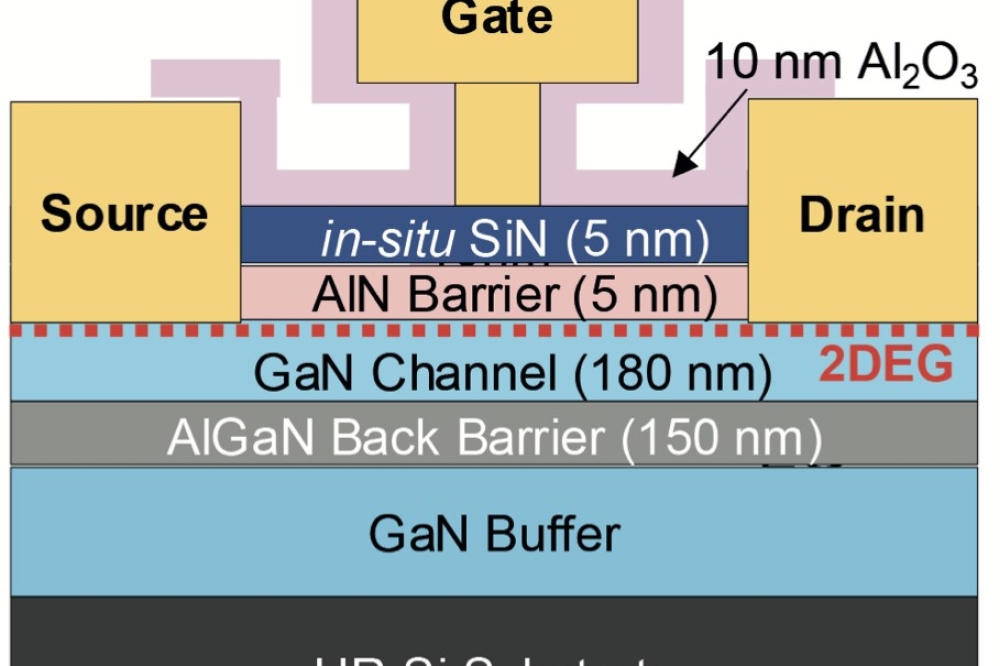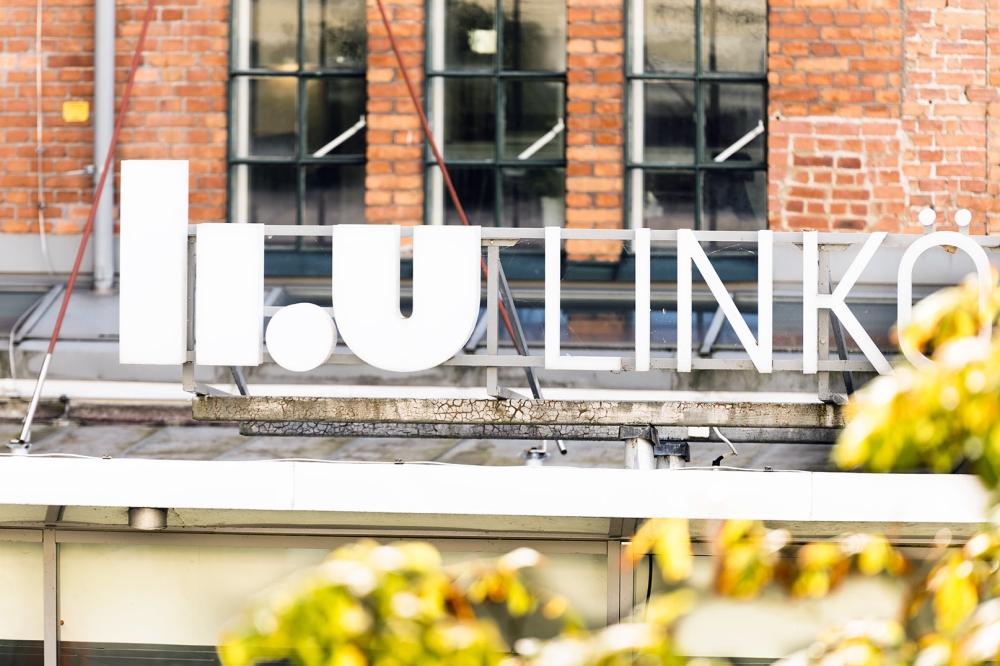Meteksan uses AWR Software for GaN design
Turkish defence firm designs PA matching network for the Cree GaN HEMT CGH-40025F
Meteksan Defence in Turkey designed a power amplifier (PA) matching network for the Cree GaN HEMT CGH-40025F using the NI AWR Design Environment platform, which provided the highly accurate load-pull analysis required to achieve the network’s goals of high power and efficiency, as well as unconditional stability.
“We chose NI AWR software because of its powerful load-pull capabilities,” said Doğancan Eser, designer at Meteksan Defence. “In addition, it was beneficial to use the harmonic balance engine at the beginning of the design to obtain the output power and power-added efficiency (PAE) information for the transistor impedance at the load port.”
The design goals for the PA were to 1) create an amplifier circuit that provides 25 W output power from 1.9 - 2.1 GHz for 28 V operation, 2) reach high power-added efficiency (PAE), and 3) suppress harmonics as much as possible. High power and high efficiency are key requirements for all power amplifiers, and, in addition, harmonic suppression was required in this design in terms of second and third harmonics, which increases network efficiency.
The network needed to be unconditionally stable for all passive source and load impedances. To achieve these goals, load-pull analysis was required to understand the transistor’s impedances at the input and output ports. Load-pull analysis was also used to construct a set of contours on a Smith chart, which determines the maximum output power and efficiency.
Meteksan Defence designers choose the NI AWR Design Environment platform, specifically the powerful load-pull analysis capabilities within Microwave Office circuit design software. The software offers a load-pull script and the needed simulation components such as the harmonic balance tuner (HBTUNER).
Using the load-pull template in the software, the designers obtained the load-pull contours for the transistor. At the beginning of the design, it was beneficial to use the harmonic balance engine to obtain the output power and PAE information for the transistor impedance at the load port.
Next, the designers explored the stability factor of the amplifier circuit. To ensure an unconditionally-stable circuit, they added a series-RC circuit using the capacitor model from the NI AWR model library.
After that, the load-pull analysis was run again to optimise the output power, harmonic suppression, and PAE. In this step, the second and third harmonic impedances were optimised with the HBTUNER, which provided the necessary suppression.
The final results were 25 W of output power with 50 percent PAE and 35 dB of harmonic compression. Measurement results showed the amplifier circuit provided good correlation with NI AWR software simulation in terms of small-signal parameters, and 25 W was obtained from the output of the amplifier.


































